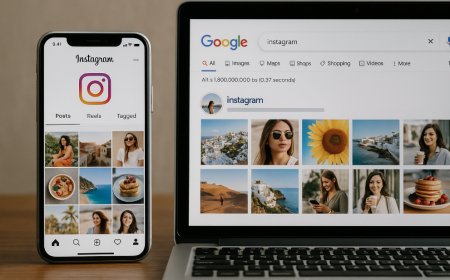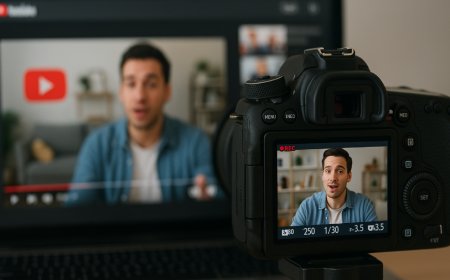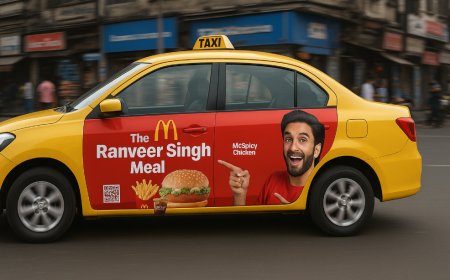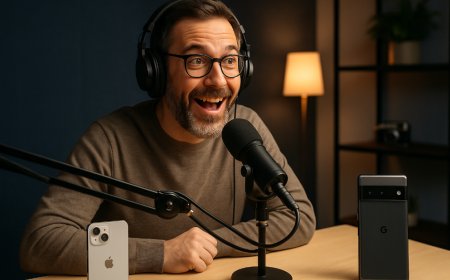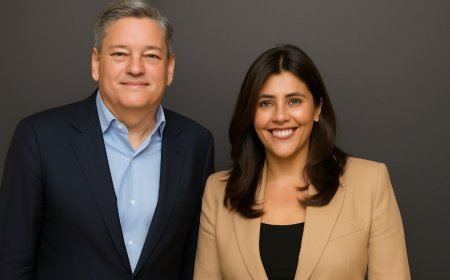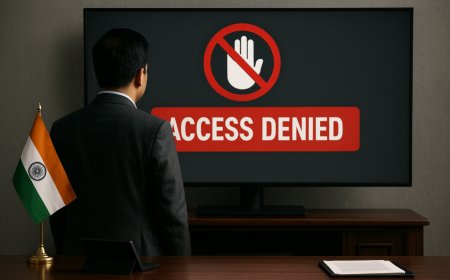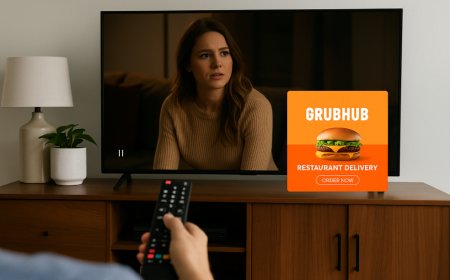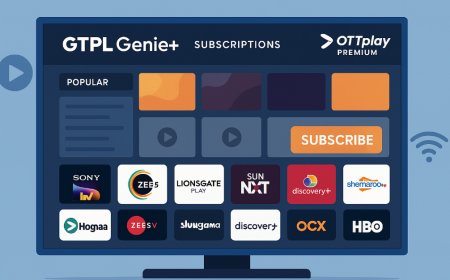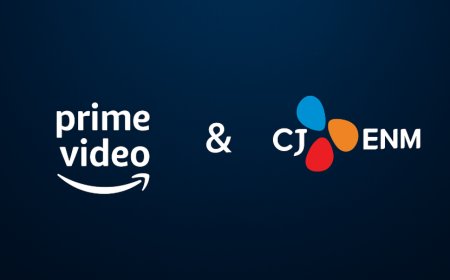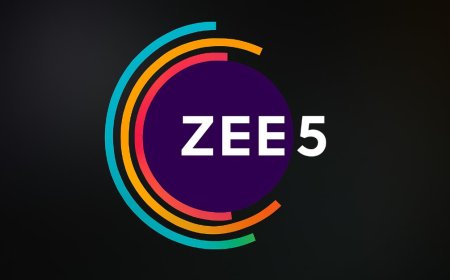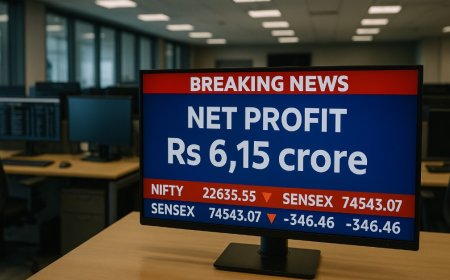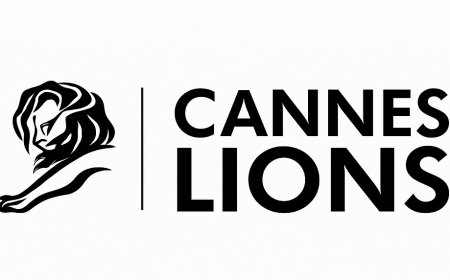WPP’s New Reality Check: Lower Profit Forecast Reflects Shifting Client Priorities and Tougher Pitch Battles
WPP lowers its profit forecast amid shrinking client spending and tougher new business wins. Explore what this means for the ad giant, its clients, and the global marketing industry.

When the world’s largest advertising holding company adjusts its sails, the rest of the marketing industry takes notice. WPP, the British giant whose sprawling network includes some of the world’s most iconic creative, media, and PR agencies, recently issued a profit forecast that’s lower than earlier estimates. It’s a clear sign that even big names aren’t immune to the evolving tides of global business sentiment, tighter client budgets, and the fiercely competitive battle for new accounts.
So, what’s behind this downward revision? Let’s unpack the context, the challenges, the industry backdrop, and what this shift might mean for the future of agencies, clients, and the creative work that connects brands with people.
Who is WPP, Anyway?
First, a refresher. WPP, originally called Wire and Plastic Products (a rather unglamorous name for an empire built on selling imagination), has transformed over decades into a marketing powerhouse. It owns well-known agency brands like Ogilvy, VML, GroupM, Wunderman Thompson, and Grey. From blockbuster Super Bowl ads to government PR campaigns, WPP agencies shape the narratives that reach billions of consumers worldwide.
The group’s business spans advertising, media buying, PR, branding, data analytics, and increasingly, digital transformation and experience design. But at its heart, WPP’s revenues still depend on one thing: companies paying them to solve big marketing problems creatively and efficiently.
Why is WPP Cutting its Profit Forecast Now?
WPP’s latest quarterly update reveals a few sobering truths. First, the company has seen a dip in spending from some key clients, particularly in the tech sector, which is still recalibrating budgets after the pandemic boom. Many large tech companies — once among the most aggressive ad spenders — are now being more cautious, cutting costs, delaying campaigns, or reallocating budgets internally.
Second, WPP acknowledged that it hasn’t been winning as many large new contracts as expected. For an industry that thrives on big, multi-year accounts — whether it’s a global carmaker’s media business or a major FMCG brand’s creative overhaul — losing out on a few key pitches can quickly dent growth projections.
As a result, WPP’s leadership has revised its profit margin and revenue guidance for the year, signalling to shareholders that the path ahead might be bumpier than they’d hoped.
Global Economic Jitters Play a Role
It’s not just WPP feeling the squeeze. The entire advertising ecosystem is grappling with macroeconomic jitters. High inflation, volatile markets, geopolitical tensions, and cautious consumer spending have made many brands wary of splashing out on big-budget campaigns.
Marketers today face an old dilemma in a new disguise: when uncertainty looms, advertising is often one of the first budgets to face the knife. While some companies see tough times as a reason to stay top of mind, many choose to cut back, focusing instead on short-term promotions or reallocating funds towards performance marketing and sales incentives.
The New Business Battlefield
Another factor hitting WPP’s outlook is the increasingly cutthroat nature of big account pitches. Winning a major piece of business — like a global brand’s multi-market creative or media mandate — used to mean high margins and years of stable revenue. Today, however, clients demand more for less. Procurement teams scrutinize every line item, competitors undercut on price, and more brands are unbundling services, opting for multiple specialist partners instead of one mega-agency network.
Additionally, some brands are shifting more creative and digital capabilities in-house. Many large advertisers have built robust internal teams to handle content creation, social media, and performance marketing, further shrinking the pool of outsourced work.
Technology: Friend and Foe
Ironically, technology — which once supercharged WPP’s growth by enabling precision marketing and massive data-driven media buys — is now a double-edged sword. Automation tools, AI-driven content creation, and advanced analytics allow brands to do more in-house. Newer competitors, unburdened by legacy structures, can pivot faster, offer leaner teams, and deliver at lower costs.
WPP, for its part, has invested heavily in digital transformation. It has restructured under CEO Mark Read to streamline operations, merge overlapping agencies, and double down on technology and experience design. But transformation is rarely instant, and legacy giants often struggle to pivot as quickly as smaller, digital-first rivals.
Spotlight on Key Clients and Sectors
To understand the hit on WPP’s forecast, one must look at its client mix. Big tech companies — including household names from Silicon Valley — make up a significant chunk of WPP’s revenues. Over the last few years, these clients went on a hiring spree, invested in brand campaigns, and poured billions into global media. But as economic conditions shifted, even tech titans have tightened belts, with layoffs, paused launches, and cautious ad budgets.
In other sectors, such as consumer goods and automotive, brands are under pressure to deliver more value amid rising production costs and shifting consumer demands. They’re spending smarter, demanding clear ROI, and asking agencies to prove every penny’s worth.
How is WPP Responding?
WPP’s leadership has made it clear that the company isn’t standing still. Even as it faces near-term pressure, it’s doubling down on reshaping itself for the next phase of marketing.
-
Integration: In recent years, WPP merged several of its legacy creative shops to eliminate overlaps. For example, Wunderman and J. Walter Thompson were combined into Wunderman Thompson, and VMLY&R was born from the union of VML and Y&R. This helps cut costs, streamline teams, and present a more unified face to clients.
-
Investment in Data and Tech: WPP is betting big on its data and media capabilities. Through GroupM, its media buying arm, the company is pushing AI-driven media planning and automation tools that promise better ROI for clients.
-
Focus on High-Growth Areas: WPP wants to capture more work in areas like e-commerce, customer experience, influencer marketing, and digital production — sectors where brands continue to invest even when broader budgets tighten.
-
Sustainability and Purpose: Many brands today expect their partners to help navigate ESG goals and purpose-driven marketing. WPP has built capabilities around sustainability consulting and purpose-led storytelling, aiming to be more than just an ad agency.
What This Means for Clients
For WPP’s clients — and the wider marketing community — this revised forecast is a timely reminder that the agency-client relationship is evolving.
Brands will likely continue to demand more flexible, transparent, and measurable services. Retainers are shrinking, project-based work is growing, and the days of massive, multi-year contracts with little scrutiny are mostly gone.
At the same time, agencies that prove their strategic value, creative excellence, and tech capabilities will remain indispensable partners. Brands need fresh ideas, cultural relevance, and integrated campaigns more than ever. Those that deliver — efficiently and creatively — will win.
Industry-Wide Ripples
WPP’s revised outlook will also be watched closely by its rivals — Omnicom, Publicis Groupe, Interpublic Group, and Dentsu, to name a few. If the biggest player is trimming expectations, it signals caution for the rest of the industry. Holding companies may respond by doubling down on efficiency, investing in new tools, or pursuing mergers to keep pace.
It’s also an opportunity for independent agencies and boutique specialists. Many brands, facing tight budgets, are open to trying smaller, more nimble partners who can deliver innovative work without the big agency overheads.
A New Chapter, Not the End
It’s easy to see headlines about WPP’s lowered profit forecast and jump to doom-and-gloom conclusions. But that misses the bigger picture. WPP remains a giant with deep resources, enduring client relationships, and global reach. Its recent moves — from bold agency mergers to digital investments — show it understands the need to evolve.
In some ways, the entire ad industry is in a moment of reckoning. The rules are being rewritten by technology, changing consumer expectations, new competitors, and a relentless demand for measurable impact. WPP’s recalibration is not an admission of defeat but a reminder that even the biggest players must adapt or risk losing relevance.
The Road Ahead
As brands shift spending to where it delivers the most value — whether that’s influencer partnerships, AI-powered ad buying, or immersive experiences — WPP’s challenge is to stay ahead of the curve. That means fewer layers, faster decision-making, clearer ROI, and a renewed commitment to creative work that resonates.
What's Your Reaction?
 Like
0
Like
0
 Dislike
0
Dislike
0
 Love
0
Love
0
 Funny
0
Funny
0
 Angry
0
Angry
0
 Sad
0
Sad
0
 Wow
0
Wow
0
